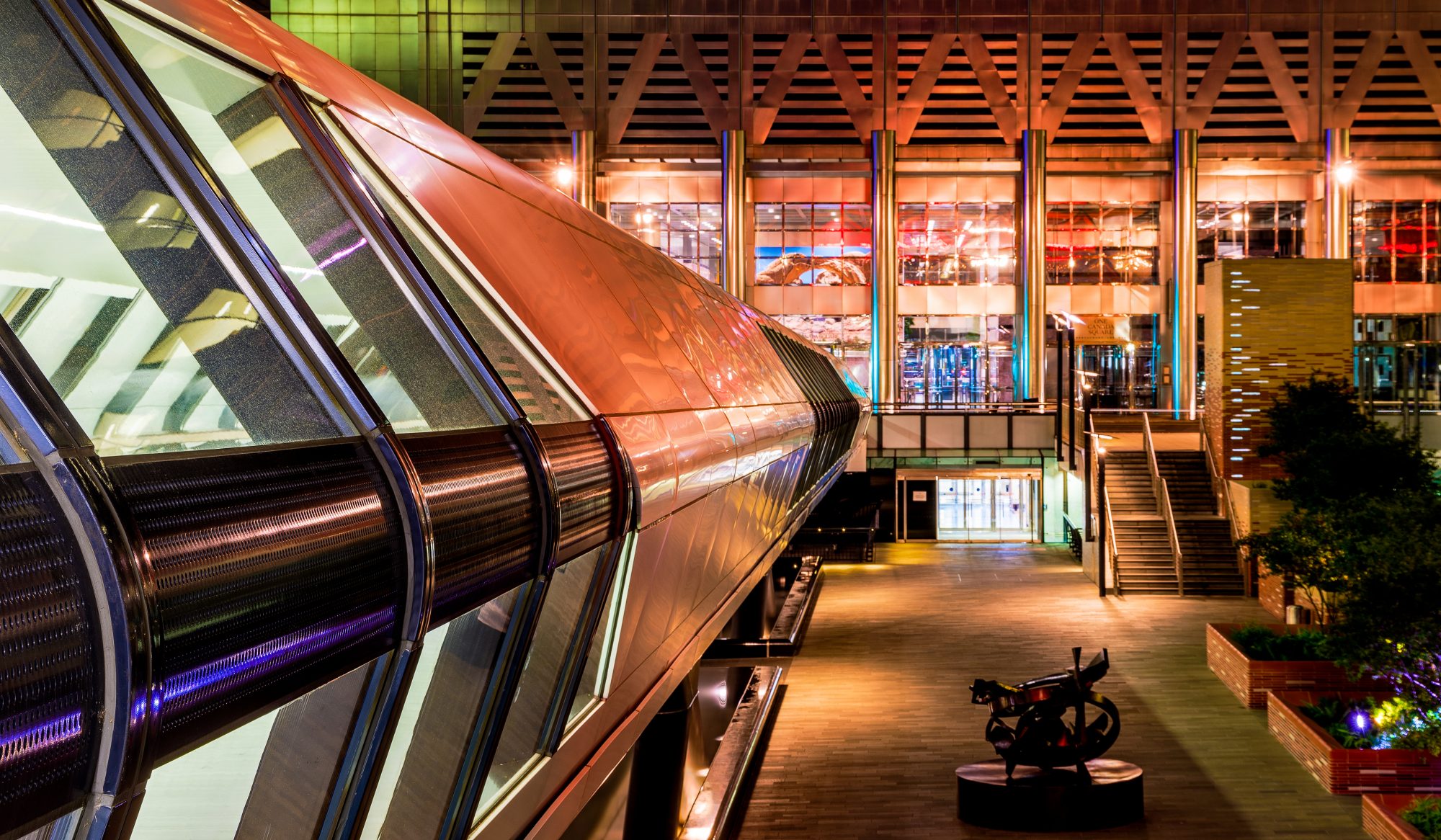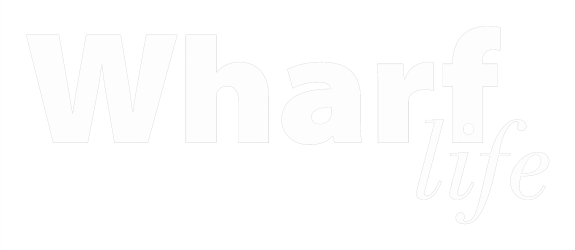Curated by jewellery house Van Cleef And Arpels, the festival will see performances staged at Sadler’s Wells, Tate Modern and the Royal Opera House
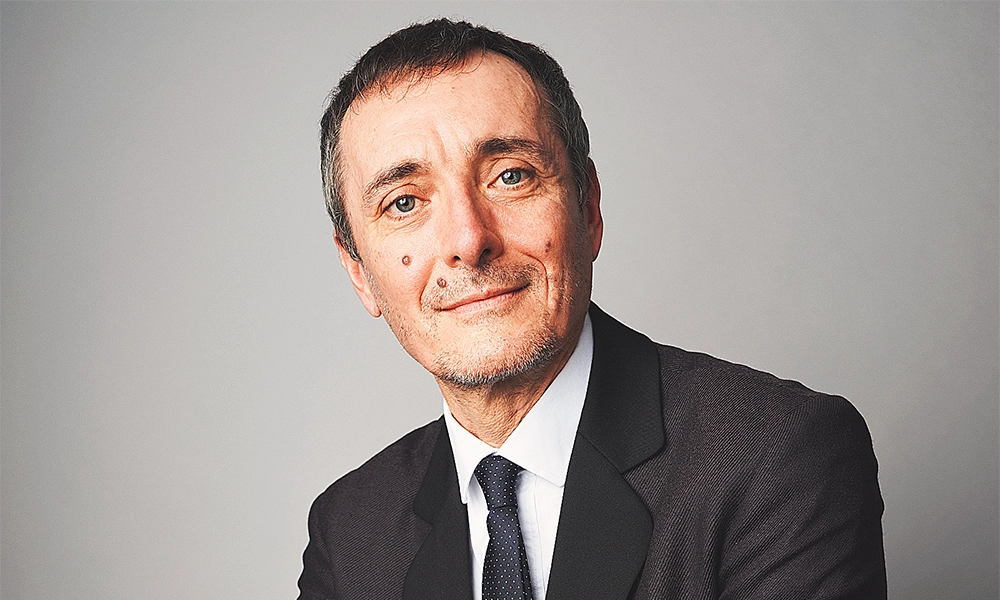
Subscribe to our free Wharf Whispers newsletter here
Serge Laurent isn’t, in most senses of the word, a performer.
His professional background hasn’t been one of gracefully bending his body to music or the beat of some internal rhythm.
Nor is he a choreographer, guiding lithe, athletic individuals to move their forms to an exacting design.
He works for a fine French jewellery company.
Headquartered in Paris, it’s a brand that celebrates its 129th birthday this year.
As director of dance and culture programmes at Van Cleef & Arpels, history is important to Serge, especially in his delivery of Dance Reflections, a festival that’s set to bathe London in movement from March 12 to April 8, 2025.
But why is a company dealing in design, precious metals and gems involved in dance at all?
“When I was first contacted by the maison, they told me about their association with dance,” said Serge, who had spent the best part of two decades as live arts curator at the Centre Pompidou in Paris and around the world.
“I studied the story of Van Cleef & Arpels and found out it had a strong history in the field of dance as a source of inspiration.
“That dates back to the 1920s – and was quite intriguing to me.
“I found out that the connection became even stronger when Claude Arpels met with a very famous choreographer in the 1960s – co-founder of the New York City Ballet, George Balanchine – and that he’d been inspired to create a piece called Jewels in 1967.
“Today we continue to emphasise the maison’s commitment to dance and to write his story with Dance Reflections.”
The festival, as Serge says, is just the tip of the iceberg – the public-facing element of collaborations and sponsorship initiatives around the world.
But things go a lot deeper than funding and brand awareness.
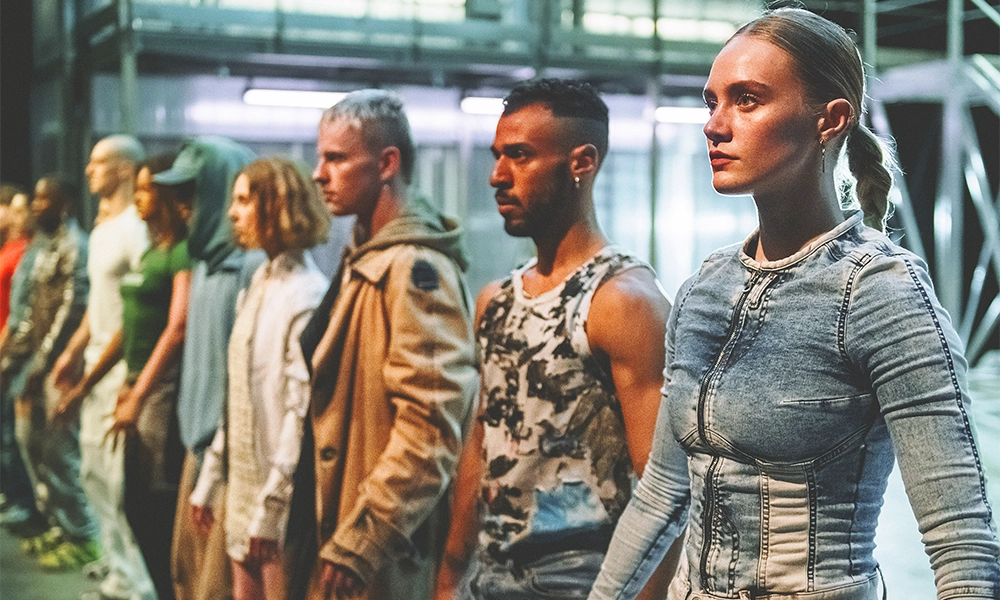
the power of transmission at Dance Reflections
“Looking at the maison, it struck me that it’s work has very similar values to the world of dance,” said Serge.
“There’s the value of creation, which is obvious, but also of transmission.
“The savoir-faire of the maison can only be perpetuated by valuing transmission.
“It’s exactly the same in dance, which is an immaterial art form. After the show, nothing is left.
“If you want to preserve a dance, you have to transmit it.
“When I was first creating a Van Cleef workshop, I saw a young guy working with and watching an older jeweller – he was transmitting those gestures and that history.
“The third value is education.
“I’m an art historian by training and if you have that background, you know how important it is to communicate with people – to give them clues so they understand what they’re seeing.
“It’s always a challenge to approach different audiences – contemporary art is like a new language so you have to help people see that they’re discovering that when they’re in front of a piece.
“You have to explain that what they’re seeing doesn’t come from nowhere, that it’s part of evolution through the ages.
“I always say that when Vaslav Nijinsky presented the Rite Of Spring for the first time in Paris in 1912, at the Theatre De Champs-Elysee, it was a scandal, and now it’s a masterpiece.
“When Pina Bausch danced in her Paris debut at the Theatre De La Ville, people left the auditorium and now she is hailed as a goddess of dance.
“I always try to teach people that, when they come to the festival they will probably know some things, but they will also see new names and new approaches.
“They should think about what has happened before and why the artist is doing what they are now, even if it looks a bit strange.
“It doesn’t come from nowhere, it is the result of history.
“That’s the reason I like to do this job as a curator – it’s not only to select artists who are good for people to know about, it’s also to showcase work that contributes to this art form and to help enlarge its vocabulary.
“The festival is a way to talk about something. It’s not enough for a curator to say: ‘This is my shortlist, these are my discoveries’. It’s a responsibility and a context to talk about dance and artistic approaches.
“People can like it or not – my main goal is they understand what an approach is.”
The London iteration of Dance Reflections will feature performances across Sadler’s Wells’ three venues – including the freshly minted Sadler’s Wells East in Stratford – as well as at the Royal Opera House, Tate Modern and the Southbank Centre.
The programme is extensive, including work by Balanchine, presented in partnership with the Royal Ballet from March 28-April 8 and Hagay Dreaming – a piece about ancient myths and futuristic technologies by Shu Lea Cheang and Dondon Hounwn – in the South Tank venue at the former power station on the Thames.
It’s perhaps testament to the importance of the opening of Sadler’s Wells East that such a major festival will also touch E20 alongside London’s other major cultural centres.
It’s also evidence of the importance of legacy and long-term partnership.
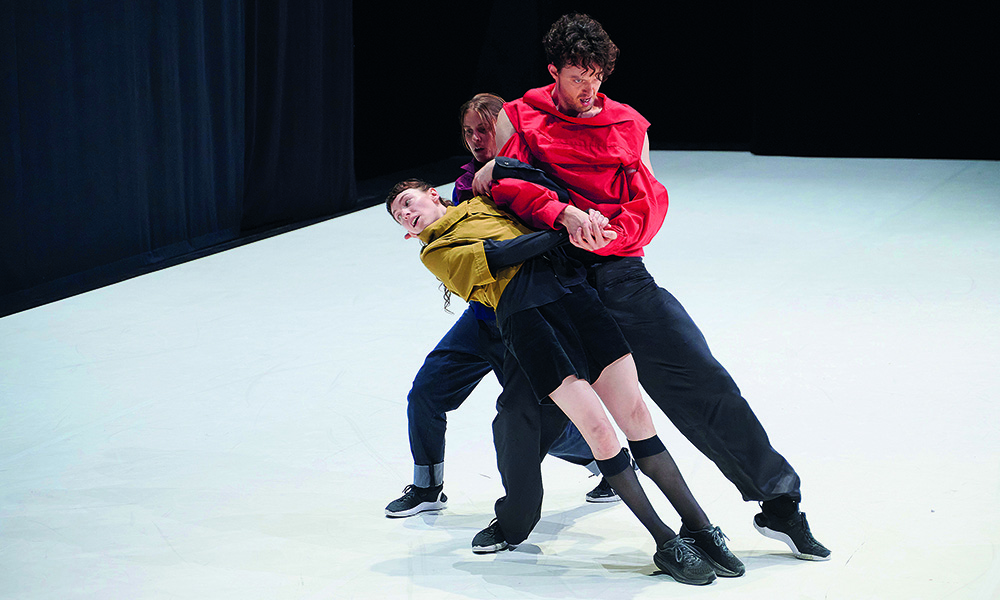
Dance Reflections – the tip of the iceberg
“We have about 60 different partners in 16 different countries,” said Serge.
“The festival is the tip of the iceberg, and the rest you don’t see – that’s OK.
“For me, Dance Reflections is a way to celebrate what we do all year round.
“My idea is to present audiences with the diversity of dance through an historical approach. Usually in a festival you focus on one kind of artists.
“Here I want to combine different generations and there is one common point between all of them, that in their own time they have found their own voice and way of writing dance.
“I like people inventing a vocabulary and, with dance, it’s very exciting because it’s always using the same medium – the body.
“You can invent a lot of languages for that and as a curator it’s a practice I want to support and intensify.
“I think our history with Sadler’s Wells goes back to 2007 when we supported them to present Jewels for its 40th anniversary so there’s that connection.
“For this festival, of the nine performances that will take place across its three venues, it’s very important that two of the artists will be presenting their first work and that audiences can understand their connection to the history of dance.
“It’s very important to make people understand that dance is an art form that can happen anywhere – that’s why we’re working with Tate Modern, for example.
“That’s what I like about it – you can present dance on a stage, in a public space, on the streets, in an art gallery, everywhere.
“It’s also about the art of space and that notion is key.
“This is one of the reasons I really appreciate the opportunity to collaborate with Sadler’s Wells East because upstairs in their new building they opened studios and a school.
“While the festival is on we also organise workshops for amateurs and professionals alike and it’s perfect for that.
“It’s commensurate with our three values – creation, transmission and education.”
teasing out the history
This lineage from past to present is clearly visible in Serge’s programming of nine performances across Sadler’s Wells’ venues – its main auditorium and the Lilian Bayliss Studio theatre in Islington and Sadler’s Wells East at East Bank on the edge of the Queen Elizabeth Olympic Park.
“For example, I’m very excited about the opening days of the festival,” said Serge. “For this I always try to combine different approaches with a specific approach.
“We start in Islington on March 12 and 13, 2025, with a very intimate dance piece for the Lilian Bayliss Studio – Sakinan Göze Çöp Batar (An over-protected eye always gets sand in it) by Christian Rizzo at 6.30pm before moving to the main theatre at 8pm.
“There we see a piece called Working Title by the Trisha Brown Dance Company from 1985, which is very New York.
“It’s also a story of transmission because after the interval, we present In The Fall, created by young French choreographer Noé Soulier – only the second commission by the company.
“It’s wonderful that this dance company still exists after Trisha passed away and that it maintains her approach.
“This notion of continuation after a choreographer has died is very important.
“Then, connected by the same history, we have (LA)HORDE and Ballet National De Marseille, presenting Age Of Content at Sadler’s Wells East on March 14 and 16, 2025.
“While this is the new approach, it is still connected and I hope audiences will see that.”
Beyond that, it’s also Serge’s aim to join the work of the jewellers to the dancers on the stage.
“I’m just a go-between, in fact,” he said.
“I have a tool in my hands to mediate between two different worlds, and that’s what interests me the most.
“It’s my job to teach the associates of the maison about dance and explain to our clients why we are so committed to it.”
key details: Dance Relections
Dance Reflections is set to run at Sadler’s Wells, the Royal Opera House, Tate Modern and the Southbank Centre with performances from March 12 to April 8, 2025.
Sadler’s Wells East in Stratford will host performances on March 14-16, March 22-23 and March 27-28 as part of the festival.
Find out more about the performances at Sadler’s Wells here
Discover more about the wider festival here
Read more: How 8 Harbord Square is set to welcome independent businesses
